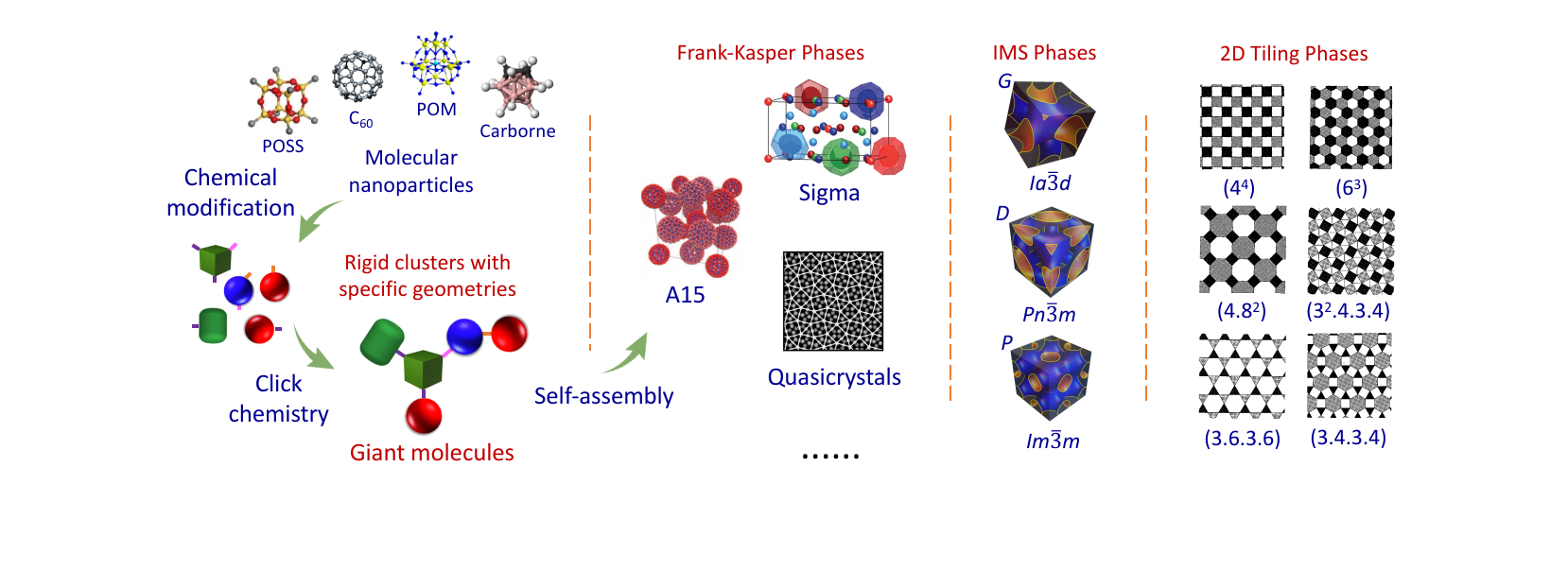最新热点
联系我们
张文彬课题组
地址:北京市海淀区成府路202号
北京大学化学与分子工程学院
邮编:100871
电话:010-62766876
电邮:wenbin@pku.edu.cn

请扫以上二维码关注我们课题组的公众号。
我们将定期推送组会每周精读和泛读文献介绍以及课题组的最近新闻!
--------------------------------------------
最新成果
Li, T.; Zhang, F.; Fang, J.; Liu, Y.; Zhang, W.-B.* Rational design and cellular synthesis of proteins with unconventional chemical topology. Chin. J. Chem. 2023, DOI: 10.1002/cjoc.202300190. https://doi.org/10.1002/cjoc.202300190

Chemical topology refers to the three-dimensional arrangement (i.e., connectivity and spatial relationship) of a molecule's constituent atoms and the bonds between them. The molecular mechanism for translation defines the linear configuration of all nascent proteins. Nontrivial protein topology arises only upon post-translational processing events and often imparts functional benefits such as enhanced stability, making topology a unique dimension for protein engineering. Utilizing the assembly-reaction synergy, our group has developed several methods for the effective and convenient cellular synthesis of a variety of topological proteins, such as lasso proteins, protein rotaxanes, and protein catenanes. The work opens the access to new protein classes and paves the road toward illustrating the topological effects on structure-function relationship of proteins, which lays solid foundation for exploring topological proteins' practical application.






